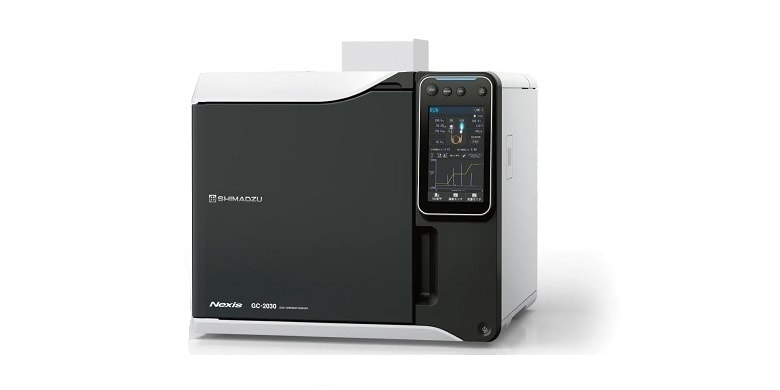
High-Sensitivity Analysis System for Inorganic Gases
With the development of fuel cell technology for electricity generation using hydrogen (H) as fuel, attention is turning to household fuel cell systems and fuel cell vehicles. However, one of the problems associated with fuel cells in their current state is the presence of carbon monoxide (CO) in the hydrogen fuel used in the fuel cells. Carbon monoxide adversely affects the performance of the catalyst used in the battery. This phenomenon is referred to as "catalyst poisoning," and therefore necessitates the use of high-purity hydrogen fuel. The international standard (ISO 14687-2) pertaining to hydrogen fuel for fuel cell vehicles, which went into effect in 2012, specifies that, in addition to a maximum concentration of 0.2 ppm carbon monoxide in the hydrogen, maximum concentrations are also specified for oxygen (O) and carbon dioxide (CO2) as well as hydrocarbons. In the past, analysis of impurities in hydrogen conventionally required a complex system including multiple detectors and columns, which from the standpoint of cost and maintenance, posed a significant hurdle. The barrier discharge ionization detector (BID) is a new, universal detector that can detect almost all components, except helium (He, used as the plasma gas) and neon (Ne), with higher sensitivity than that obtained using TCD and FID detectors. This Application News introduces an example of a high-sensitivity analysis of carbon monoxide in hydrogen and a simultaneous analysis of impurities in hydrogen using the Tracera high-sensitivity gas chromatograph equipped with a BID detector.
May 12, 2015 GMT
Some products may be updated to newer models